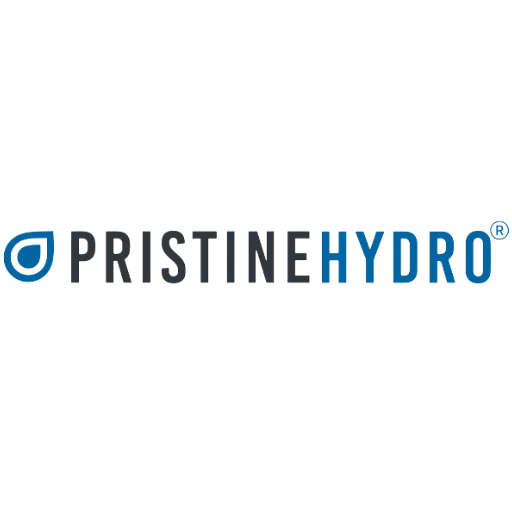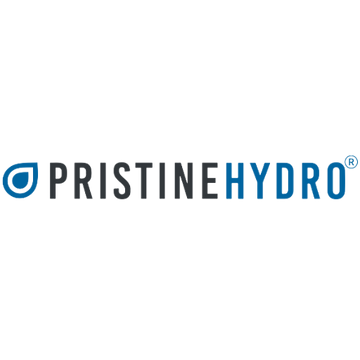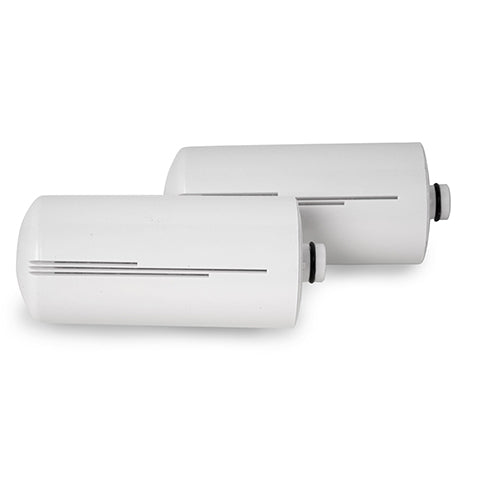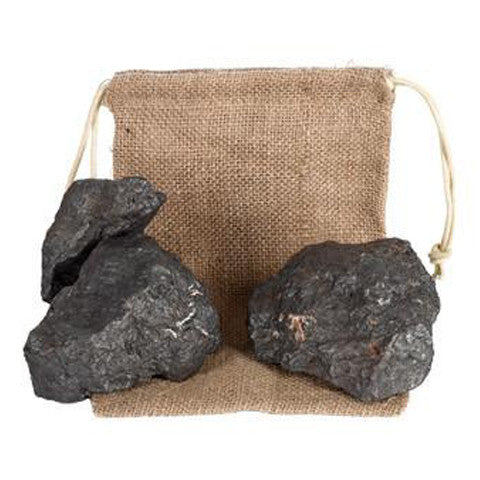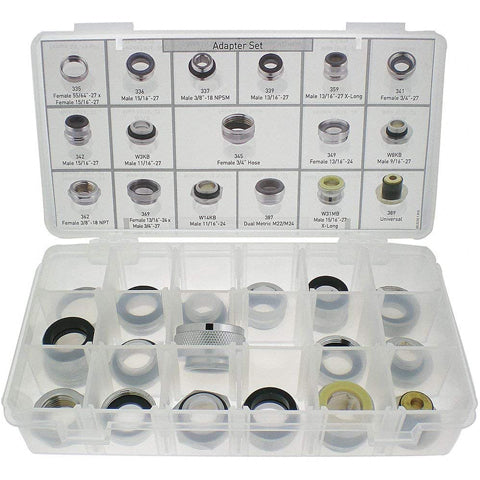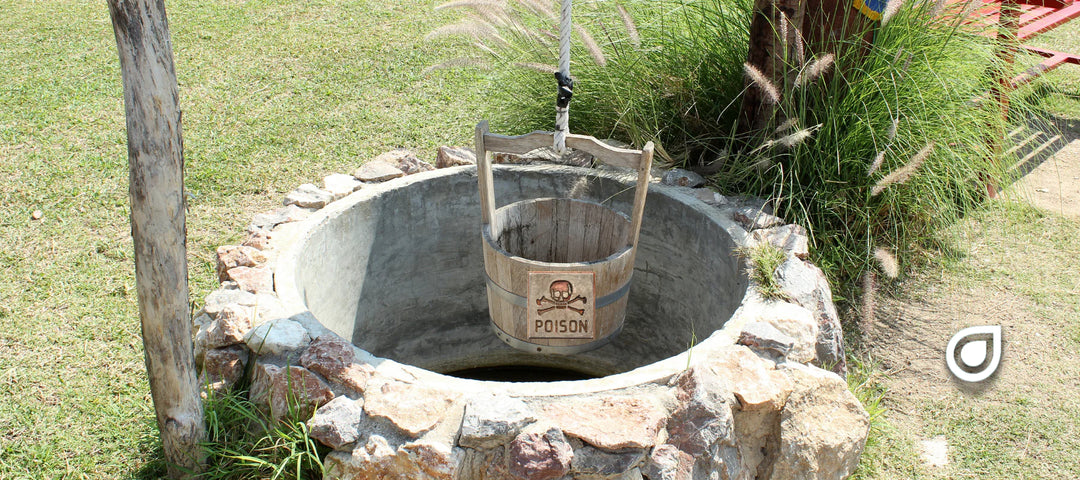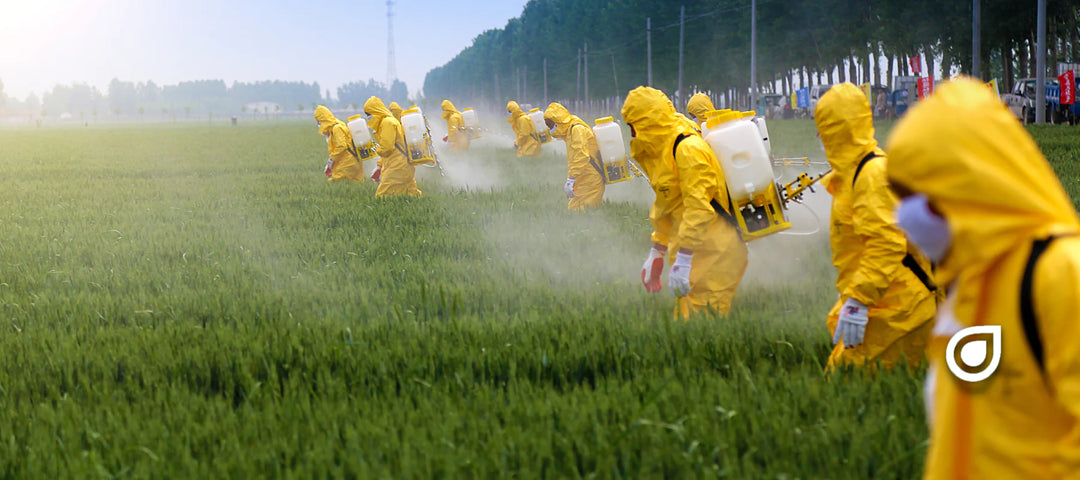Marines Exposed to Toxic Water Contaminated with Volatile Organic Compounds (VOCs)
Have you seen an influx of commercials and advertisements addressing, "Camp Lejeune Water Contamination Exposure" recently?

So have we... All of this echoes the greater issue around water contamination that deserves more coverage.
Background on the influx of "Advertisers" who can afford to pay for the media to shine more light on this topic, "Have you developed adverse health effects from water contamination at Camp Lejeune?"
On Thursday, January 10, 2016, President Barack Obama signed the “Honoring America's Veterans and Caring for Camp Lejeune Families Act of 2012”. This act requires the Department of Veterans Affairs (VA) to notify present and former military personnel who served at Camp Lejeune, North Carolina, between 1957 and 1987 of potential exposure to drinking water contaminated with volatile organic compounds (VOCs).

📷 (Credit) Department of Veterans Affairs (VA)
Now, Law Firms who're helping Veterans who've been affected can cover the cost of advertising - knowing the VA Administration is working with Veterans to file their claims.
What Happened... And What Is the Camp Lejeune Water Contamination Concern?
The U.S. Marine Corps Base at Camp Lejeune, North Carolina, experienced a water contamination problem from 1953 to 1987 that resulted in many people being exposed to toxic chemicals, including volatile organic compounds (VOCs). VOCs are man-made chemicals that evaporate easily into the air, which is why they are often referred to as “airborne” toxins because they can be inhaled into your lungs and bloodstream. The chemicals were found in drinking water sources at the base, including showers, sinks, faucets, and toilets.
How Did This Happen?
In February 1984, tests showed that private wells on base had been contaminated by leaking fuel tanks at Hadnot Point, which contained volatile organic compounds (VOCs), including benzene, trichloroethylene (TCE), and vinyl chloride. Despite this finding, no action was taken until December 1984, when the first public notice was published in the Marine Corps Times newspaper. However, it was not until May 1985 that base commander Colonel Randall Pugh ordered the closure of all private wells. At this time, there was no system for testing for contamination or treating affected wells.
How Did It Go On For Three Decades?
Camp Lejeune is an 810-acre base in eastern North Carolina, which was established in 1942 and is home to approximately 40,000 active duty members of the military. The base provides support services and facilities for Marines, sailors, civilians, and their families.
The contamination dates back to the 1950s when private drinking water wells were contaminated with trichloroethylene (TCE). TCE is an industrial solvent used by dry cleaning plants on the base and off-base commercial sites.

In the 1980s and 1990s, the wells were tested for volatile organic compounds (VOCs) because of concern about possible cancer risks from exposure to TCE. However, the contamination was not recognized as a source of drinking water until the late 1990s, when some people became ill from drinking contaminated water.
The Marine Corps began providing bottled water in 2001 but did not set up a system for testing private wells until 2012. As a result, many more people became sick with various illnesses, including kidney cancer, leukemia, and birth defects in their children.

Evaluation of Exposure to Contaminated Drinking Water and Specific Birth Defects and Childhood Cancers at Marine Corps Base Camp Lejeune, North Carolina (Case-Control Study - PDF Available)
What Is the Camp Lejeune Justice Act
The Camp Lejeune Justice Act addresses concerns about contamination of drinking water at Camp Lejeune in North Carolina between 1953 and 1987. The contamination occurred when chemicals used in industrial solvents leaked into the wells that supplied water to Marine Corps Base Camp Lejeune.
The contamination included volatile organic compounds (VOCs), potentially harmful to human health. VOCs may cause skin irritation, dizziness, or fainting when inhaled in high concentrations or ingested over time. They can also cause cancer if they enter your body through your skin or lungs.
What To Do If You Have a Concern?
If you are concerned about your health, contact your physician for an evaluation. If you or someone in your family has been sick or had a serious illness that may be related to the water contamination at Camp Lejeune, NC, please visit the U.S. Department of Veterans Affairs where they're providing resources and more information about filing a claim for new and/or additional disability benefits.
Here is a link to a downloadable fact sheet for both Veteran and Families re: Health and Disability Benefits for those negatively impacted by this exposure to toxic water contaminated with VOCs.
What is the Camp Lejeune Disability Benefit Coverage Area?

Are Other Areas Potentially Affected?
Drinking water is a concern at all military installations, especially those that involve handling hazardous materials. While the Department of Defense (DoD) has been proactive in identifying and addressing contamination issues, the DoD must confirm and characterize the extent of contamination at Camp Lejeune.
This effort has identified infrastructure challenges, including lead and copper plumbing systems, outdated treatment technologies, and aging water distribution systems. The DoD must address these concerns and develop solutions to ensure water treatment facilities operate properly and safely. DoD is also working to assess areas surrounding the military facilities where families may work or go to school.
What Are the Most Common Sources of VOCs?
- Paint, varnishes, caulks, adhesives.
- Carpet, vinyl flooring.
- Composite wood products.
- Upholstery and foam.
What Are the Different Types of VOCs?
- Benzene
- Ethylene Glycol
- Formaldehyde
- Methylene Chloride
- Tetrachloroethylene
- Toluene
- Xylene
- 1,3-Butadiene
What is the most common VOC?
Formaldehyde is recognized as one of the most common VOCs today, largely because it’s a foundational element within everyday products, molded plastics, and lacquers.
Recommendation: Avoid heating plastics, and limit plastic use in general to keep concentrations of formaldehyde low.
What Products Have VOCs?
- Gasoline, fuels, and solvents.
- Paints, stains, strippers, and finishes.
- Pesticides.
- Personal care products.
- Aerosol sprays.
- Cleaners and room deodorizers.
- New cabinets, furniture, and beds.
- New carpets, rugs, and wood floors.
Are There VOCs That Are More Harmful Than Others?
Yes, Formaldehyde.
Are VOCs related to PFAS “forever chemicals”?
Although both PFAS and volatile organic chemicals (VOCs) are organic, they have different chemical structures. They have different physical properties and PFAS are also not volatile like VOCs due to differing boiling points, vapor pressure, and the organic carbon partition coefficient.
Should I be concerned about exposure to VOCs and/or PFAS if I served in the military – stateside or overseas?
As more humans become aware of some of the things that have long been impacting our overall health and wellness … it’s almost impossible to not be concerned about everything that we’re putting into and onto our bodies. It’s clear that many companies have been making decisions based purely on profits – overlooking the greater consequences of these decisions, and their impact on almost all our everyday use products. When you think about what we ALL use and do – in our own homes – where our sinks and toilets are used for disposal… you’ve got to recognize all of this impact on the world around us…
One resource that we highly recommend bookmarking is the EWG (Environmental Working Group) – they’ve created a map highlighting sites with ‘higher levels of contamination, military and civilian, throughout North America.’ While their focus is on the issue of PFAS… increasing your awareness empowers you to take more control over the controllable aspects, for yourself and your loved ones. Check out this map of the United States for more information.
How Can Similar Events Be Prevented in the Future?
The first step is ensuring that all underground injection control wells are properly operated and maintained according to state regulations and federal law. This includes keeping records of all injections into these wells so they can be monitored for a leakage into groundwater supplies or surface water.
How Can We Know What Is in Our Water?
The solution is understanding and knowing where our water comes from. This could be at Camp Lejeune or any other place in the country. Most people do not have their tap water tested. It’s an expense that may seem unnecessary – but is it?

With PristineHydro® you can be 100% sure. Our Water Revival System™ is the only system producing properly mineralized water that is properly re-mineralized with all undesirable acids and contaminants removed to type 1 medical grade (“Ultrapure”) levels. The Water Revival System™ processes water through ten phases of filtration and processing that restructures, recharges, and reprograms the damaged municipal water that is supplied to most of our households. The result is water the way nature intended, pristine and inherently healthy.
Our Water Revival System™s are available in under-the-counter and travel/portable models, so you never need to worry about access to healthy, great tasting, water. PristineHydro® now proudly offers discounts to our military members and families, firefighters, EMS, law enforcement, medical, government, and teachers through the GOVX partner program. For those who are eligible, sign up for a free account and gain access to benefits and savings on many of the products you're already buying.
In Closing, as messed up as this situation is for many who've been negatively impacted, the reality of today's consumable water situation is simply unacceptable. Everyone should have direct access to clean water... Yes, our immune systems are capable of overcoming, anything... adapting to anything we pour into our bodies and doing its best to attack and destroy foreign invaders - we need to do a better job supporting the troops, within...
Get a filtration solution, ASAP... Ours is the best available, anywhere... hands down.
Onward!


